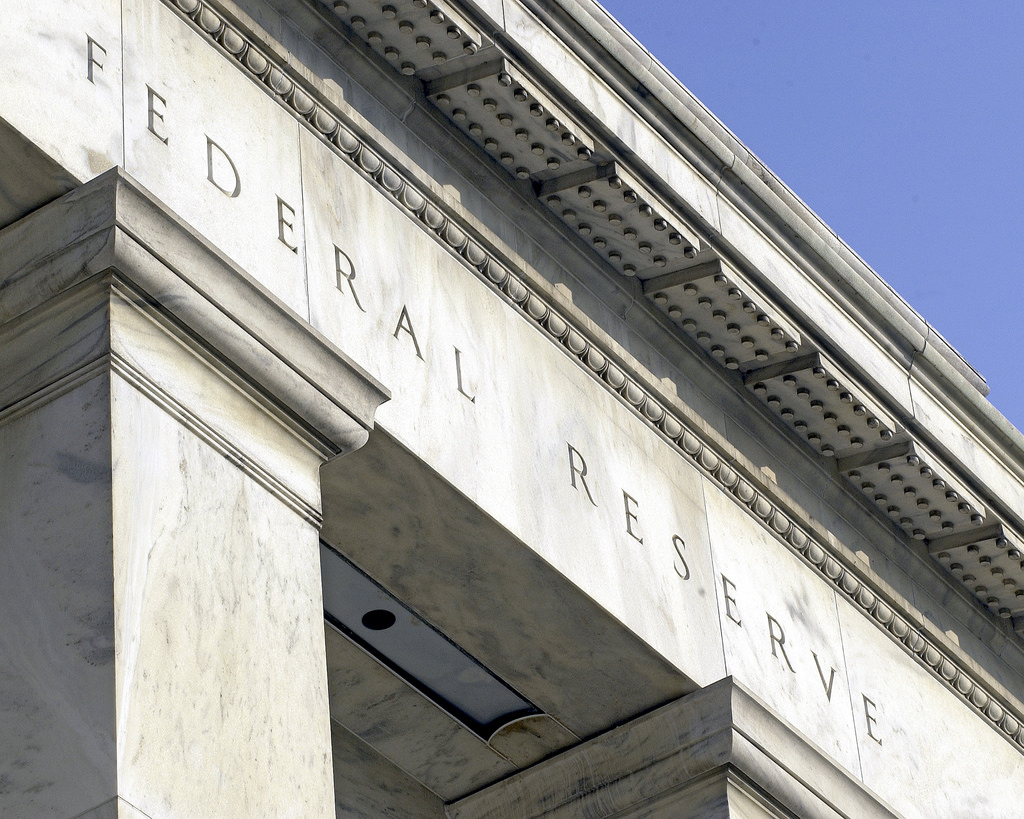BNY Mellon: March FOMC Preview: No surprises?
BNY Mellon: March FOMC Preview: No surprises?

By John Velis, FX and Macro Strategist Americas
- Fed unlikely to surprise at March 2019 FOMC; “patience” has been well-advertised
- Balance sheet clarity might be forthcoming, however, as this has been hinted at recently
- Absent a surprise, we expect little currency reaction
Don’t expect currencies – beset by historically low volatility – to react heavily to Wednesday’s FOMC.
While we expect to see a slightly more dovish dot plot when the March 2019 Summary of Economic Projections is released - and there is a nontrivial chance of some concrete guidance on the balance sheet - both of these developments have been well-telegraphed in numerous comments from Chair Powell and other Fed speakers since the January meeting, at which the Fed essentially declared itself to be on hold.
We expect that the written statement and the chair’s prepared remarks will bear close resemblance to the tune the Fed has been singing for nearly two months: The US economy is doing well, growing solidly without signs of inflationary pickup even though the labor market is strong.
Nevertheless we expect they will cite risks to the outlook (especially from developments abroad), hence there is justification to be patient.
The dots should reflect this more dovish orientation, and we wouldn’t be surprised to see them projecting a slightly lower path of rate hikes.
Fed Dots and 2yr2yr Forward Rate

SOURCE: Bloomberg
However, it seems that with their still-upbeat assessment of the US economy and their unflinching belief in the Phillips Curve, they will still telegraph rates rising once or twice over the course of the current cycle. The Fed’s policy views have been so well-articulated in recent months that it would take something out of left field to surprise. Anything short of rate cuts (which we obviously don't anticipate on Wednesday) in the next few years won’t be a surprise. For what it's worth, we don't think we'll see another rate hike no matter what the dots say, and we reiterate our view that it's just as likely - if not more so - that we will be discussing rate cuts and not hikes later this year; we just don't see the economy accelerating significantly, and aside from oil prices which have rallied since the beginning of the year, inflationary pressures are still not a concern.
Leaving aside the future path of interest rates, another issue on the Fed's mind is the balance sheet - about which FOMC officials have been speaking publicly quite a bit lately, including at Chair Powell’s recent testimony to Congress. Therefore, some more concrete indications might be forthcoming regarding when it expects to stop its asset runoff, as well as how large the balance sheet is expected to be when all is said and done.
Most bets are that the balance sheet will eventually settle in at something just under 20% of GDP, or slightly above $3 trillion. It plateaued at approximately $4.5 trillion between 2014 and 2017 and is now just under $4 trillion.
Federal Reserve Balance Sheet Assets: 2009 to Present

SOURCE: Bloomberg
$3 trillion would still be a very large number - nearly three times as large as it was before the global financial crisis. The projected size is supposedly intended to leave sufficient bank reserves in the system to allow banks ample access. We would caution that it may even be too early for the FOMC to be very specific on the eventual size of the balance sheet at the end of the draw down.
If we’re right, and little surprise is generated by the March FOMC, we don’t expect much reaction in DXY.
With central banks around the world seemingly simultaneously warning of downside risks and setting policy to the dovish side of the spectrum, it would require the Fed to come out and practically assure us that rate cuts will be seen in the future (or conversely, suddenly rediscover their previous tightening bias) to upset the stability (some might say dead calm) currently observed in the currency markets. We view this as a low-probability risk.
